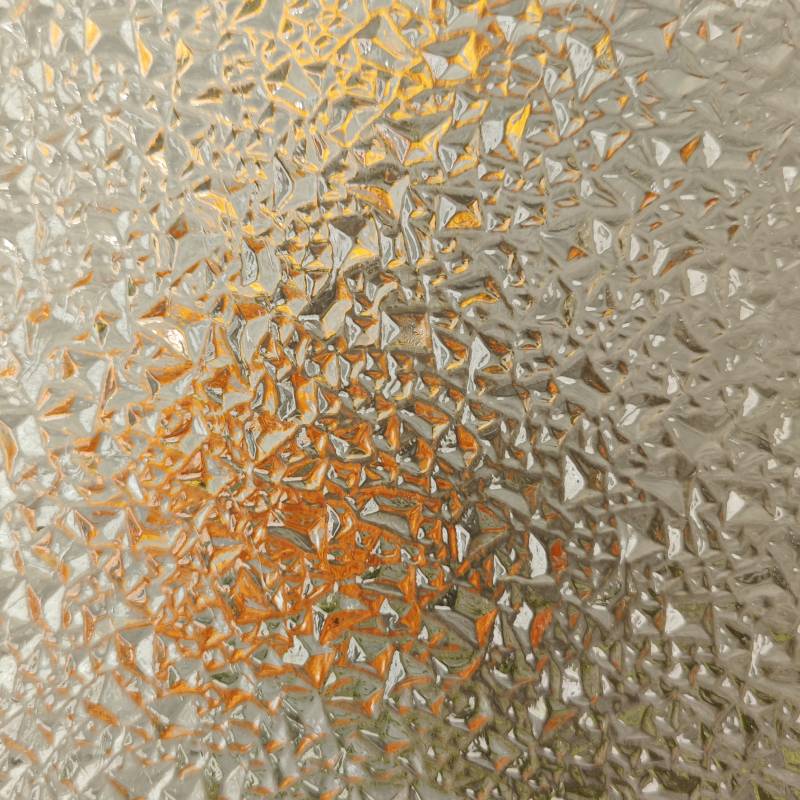

The Allure and Utility of Transparent Reflective Glass
In the contemporary world of architecture and design, materials play a pivotal role in shaping both aesthetic appeal and functional performance. Among the myriad of materials available, transparent reflective glass has emerged as a significant innovation, offering a unique blend of beauty and utility that is transforming our built environment. This remarkable material not only enhances visual allure but also serves critical performance functions such as energy efficiency and solar control.
Transparent reflective glass is characterized by its unique ability to reflect light while maintaining transparency. This dual functionality is achieved through specialized coatings that are applied to the glass surface, allowing it to bounce back a substantial amount of sunlight while still permitting visibility. The result is a striking aesthetic that can dramatically enhance the appearance of buildings, providing a sleek modern look that integrates harmoniously with its surroundings.
One of the most compelling attributes of transparent reflective glass is its energy efficiency. In a climate-conscious age where sustainability is paramount, incorporating this material into architectural design can significantly reduce the reliance on artificial lighting and air conditioning. The reflective properties of the glass not only minimize glare but also help to regulate heat, maintaining more consistent interior temperatures and lowering energy consumption. As such, buildings constructed with transparent reflective glass can achieve better energy performance ratings, making them attractive options for developers and property owners alike.

Moreover, the use of transparent reflective glass contributes to user comfort and well-being. The light-filtering capabilities of this material allow natural light to flood interior spaces, enhancing mood and increasing productivity for occupants. Furthermore, the reflective properties offer a level of privacy without sacrificing the connection to the outside world, making it an excellent choice for offices, residential buildings, and public spaces. Occupants can enjoy views of their surroundings while being shielded from outside prying eyes.
In addition to its functional benefits, transparent reflective glass is also profoundly versatile in terms of design. It can be molded into various shapes and sizes, making it suitable for an array of applications, from expansive façades and curtain walls to intricate interior elements. Designers can play with light and shadow, creating dynamic effects that change throughout the day. The reflection of the environment can also create an ever-changing canvas, blending the structure seamlessly with nature and urban landscapes.
However, the installation of transparent reflective glass is not without its challenges. Concerns regarding glare and heat build-up require thoughtful consideration in design and placement. Architects must carefully assess the local climate and surroundings to optimize the utility of this material while minimizing potential issues. Moreover, maintenance is crucial, as the reflective surfaces can attract dust and grime, requiring regular cleaning to maintain their aesthetic appeal.
In conclusion, transparent reflective glass stands as a testament to the endless possibilities of material innovation in architecture and design. Its unique combination of transparency and reflection offers profound aesthetic and practical advantages, from enhancing energy efficiency to providing user comfort. As the architectural landscape continues to evolve, the integration of such innovative materials will play a crucial role in shaping a sustainable future, reflecting not just the beauty of our surroundings but also our commitment to environmental stewardship.